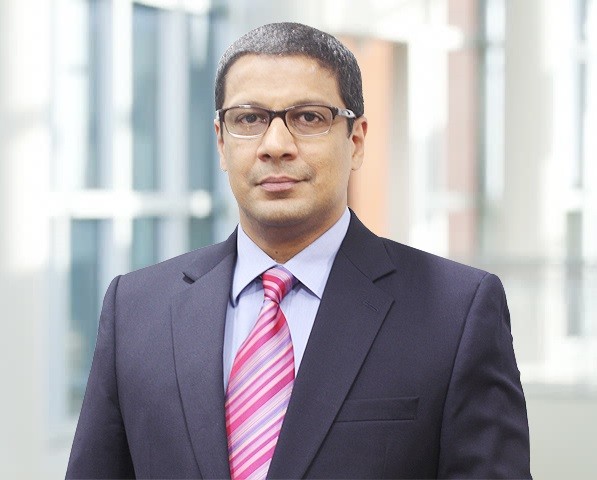During the pandemic, India’s healthcare and public infrastructure were bursting at the seams, with long and winding lines in front of hospitals, overflowing intensive care units, multiple patients sharing the same hospital bed at the same time, and files after files of data piling up in government offices. A chaotic situation, comparable to that in many countries, presented an opportunity for creativity by pushing most of us to the edge by causing a global catastrophe.
We are constantly motivated to take unusual steps to find solutions in the face of such extreme suffering and desperation. These answers have to be swift and have the capacity to affect the masses, regardless of their location or economic status.
How Did Odisha Come Out On Top?
At a time when other states were coping with a flood of COVID-19 cases, the Odisha state administration recognized technology as its chariot against the tsunami and launched an immediate reaction. Through a consolidated data platform, the state government employed big data and sophisticated analytics to track COVID-19 cases, adopt and enforce social distancing, allocate medical resources, and increase diagnostic and treatment capacity.
“By investing in newly emerging technologies such as big data and sophisticated analytics, Odisha is pushing the boundaries of digital transformation.” COVID-19 presented us with an opportunity to use data to make proactive decisions and stay one step ahead of the pandemic. In a report published in the Times of India, Manoj Kumar Mishra, Secretary, Electronics & Information Technology Department, Government of Odisha, says, “And that marked the genesis of the Odisha COVID-19 dashboard, which is accepted today as the single version of truth for citizens and administrators alike.”

However, due to India’s massive population, building a unified data portal for data collecting and analysis is a difficult undertaking. To ensure seamless operation and error-free operations, the Odisha government teamed up with SAS and CSM Technologies, a worldwide data analytics business, to establish the one-of-a-kind COVID-19 Dashboard project.
This platform, which combines numerous graphs, charts, lists, diagrams, and more to present the most recent on-ground statistics on COVID-19, is an interactive dashboard with dynamic data visualization. This dashboard illustrates the dispersion, location, demographics, and analysis of cases on a granular level by capturing essential matrices for COVID-related data.

Saving Lives
CSM and SAS India used their technology to give real-time information regarding the availability of beds and other medical facilities in hospitals, as well as data on doctors and healthcare providers who could prioritize issues when they were escalated. This, in turn, aided Odisha’s evidence-based policymaking and governance.
“With a simple visual representation and drill-down capabilities, decision-makers could quickly grasp the problem.” According to Noshin Kagalwalla, vice president and managing director of SAS India, “the insights from our dashboard and stimulation capabilities allowed different government departments to collaborate better and establish transparent communication channels with citizens to enable and empower them with the power of data.”

Sujay Shukla
Sujay Shukla, a farmer from a small town in Odisha, is one such beneficiary of the dashboards’ last-mile strategy.
“Both my mother and father tested positive for COVID-19, and their health was rapidly deteriorating. They needed to be admitted to the hospital, but even locating a hospital bed was difficult in the midst of the commotion. At the time, I sought assistance from the Government of Odisha’s COVID-19 dashboard, where I discovered accurate real-time information about the availability of hospital beds and other medical facilities. “Having access to this type of information was tremendously beneficial, and as a result, my parents were admitted on time and are currently progressing,” he says.
This dashboard, which is available in both English and Odia, has received traffic from 123 countries, averaging 40,000 hits per day, and has influenced the lives of over 40 million individuals in the state. According to Stanford University research, the efficacy of SAS India’s technology helped Odisha fight the pandemic and be rated among the top three states with accurate and timely COVID data reporting.
SAS India’s project is part of the company’s Data for Good initiative, which focuses on using data in meaningful ways to address humanitarian concerns such as healthcare, poverty, human rights, the environment, and education.










